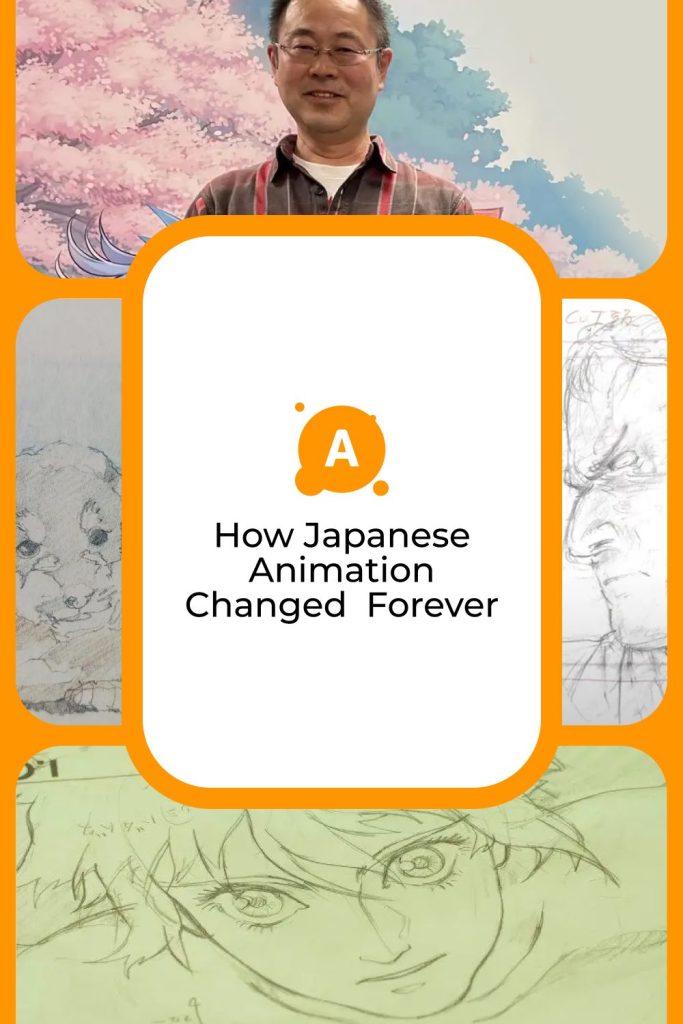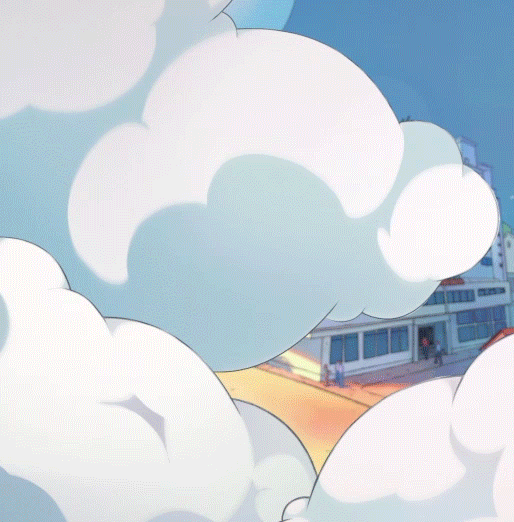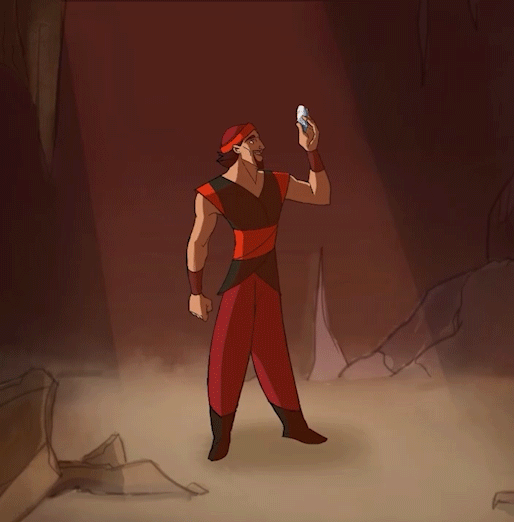
Introduction
In the world of Japanese animation, Shin’ya Ohira’s name is synonymous with a unique approach that emphasizes emotional depth and expressiveness. Shin’ya Ohira is a Japanese animator known for his expressive and unconventional animation style. He has worked on iconic films such as Akira, Spirited Away, and Ghost in the Shell 2, and is regarded as a master of emotional movement and dynamic line work in traditional 2D animation.
However, many of his innovative techniques didn’t arise in a vacuum. One of the most significant influences on his style came from the Japanese animator Masahito Yamashita. In this article, we explore how Yamashita’s work shaped Ohira’s creative development — and what makes both of their animation styles stand apart in the history of anime.
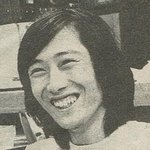
Masahito Yamashita’s Path and His Impact on Japanese Animation
Masahito Yamashita is one of Japan’s most influential animators, whose work revolutionized animation. Starting his career in the late ’80s, he became known for his unique style: smooth, organic lines that gave his animations incredible dynamism and emotional depth.
Unlike the more rigid, geometric styles of other animators, Yamashita uses soft, fluid shapes that make characters feel alive and real. His work is filled with rich detail, where every gesture and movement carries meaning and depth.
His contributions to projects like Ghost in the Shell 2: Innocence and Tokyo Ghoul left a lasting impact on animation. Yamashita showed that animation isn’t just about movement — it’s about how movement conveys emotion and character.
How Masahiro Yamashita Influenced Shin’ya Ohira
Shin’ya Ohira, known for his expressive animation techniques, was deeply inspired by Yamashita’s work, particularly the way he used lines to convey emotion. Ohira studied this approach and began incorporating it into his own projects. Rather than adhering to the strict conventions of animation, Ohira experimented with lines to create characters and scenes that not only moved but also expressed deep feelings.
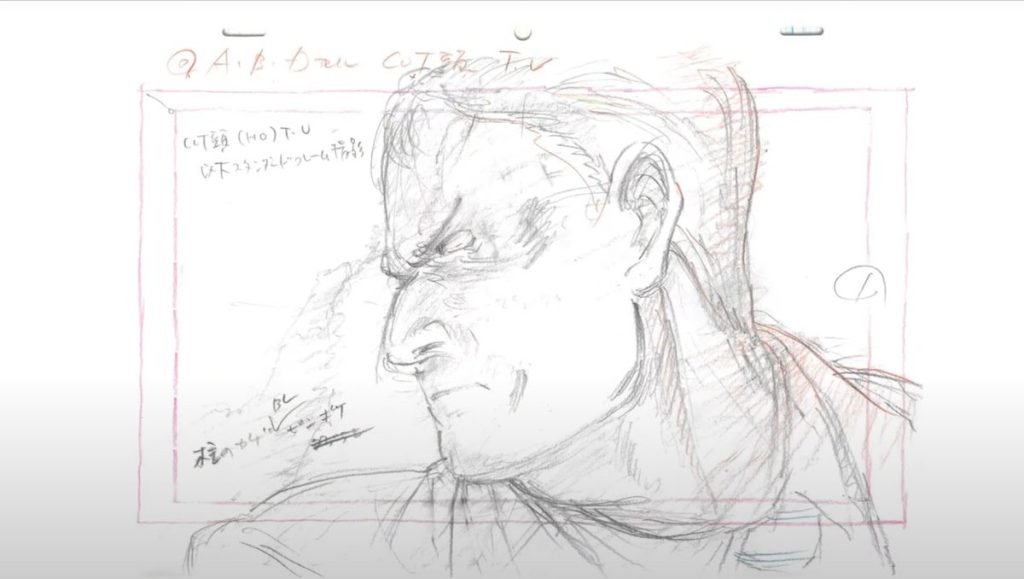
Key frame for Pluto
Yamashita also influenced Ohira’s use of animation techniques to convey the inner state of characters. For Ohira, this was especially important, as he sought to capture not only movements but also the emotional depth that could be expressed through every gesture and facial expression. This focus on emotional richness became a hallmark of Ohira’s work.
Want to bring richness and expressiveness to your animation? join the << Acting in traditional 2D animation>> course
Elements of Ohira’s Style Inspired by Yamashita
Shin’ya Ohira, inspired by Yamashita, developed his own style where dynamic movements and expressive lines blend seamlessly with traditional animation methods. His works often stand out from other Japanese animated projects due to their more organic, textured lines and intricate compositions.

Key frame by Ohira from Ghost in the Shell
A key component of Ohira’s style is his use of traditional animation techniques, such as hand-drawing with 6B and 10B pencils. These tools give his work a unique texture and depth, making his animation feel more alive and genuine. In contrast to modern animators who use digital technologies, Ohira prefers to maintain a tactile connection with the material, which allows him to achieve unique visual effects.
Masahito Yamashita and Shinya Ohira: Two Visions of Motion
Masahito Yamashita changed how movement was drawn in Japanese animation. Instead of relying on dramatic poses and sharp angles like many of his peers, he used fluid, organic lines that made motion feel natural and unforced. His timing was tight, and every action had a clear rhythm — like choreography. Characters didn’t just move; they flowed, as if every part of their body understood what the next moment would demand.Shinya Ohira took this idea and stretched it far beyond tradition. Where Yamashita focused on clarity and elegant flow, Ohira leaned into chaos, emotion, and unpredictability. He let the line itself become unstable — nervous, energetic, alive. In some scenes, figures distort mid-motion; perspective shifts suddenly; gravity feels optional. It’s not about realism — it’s about feeling.
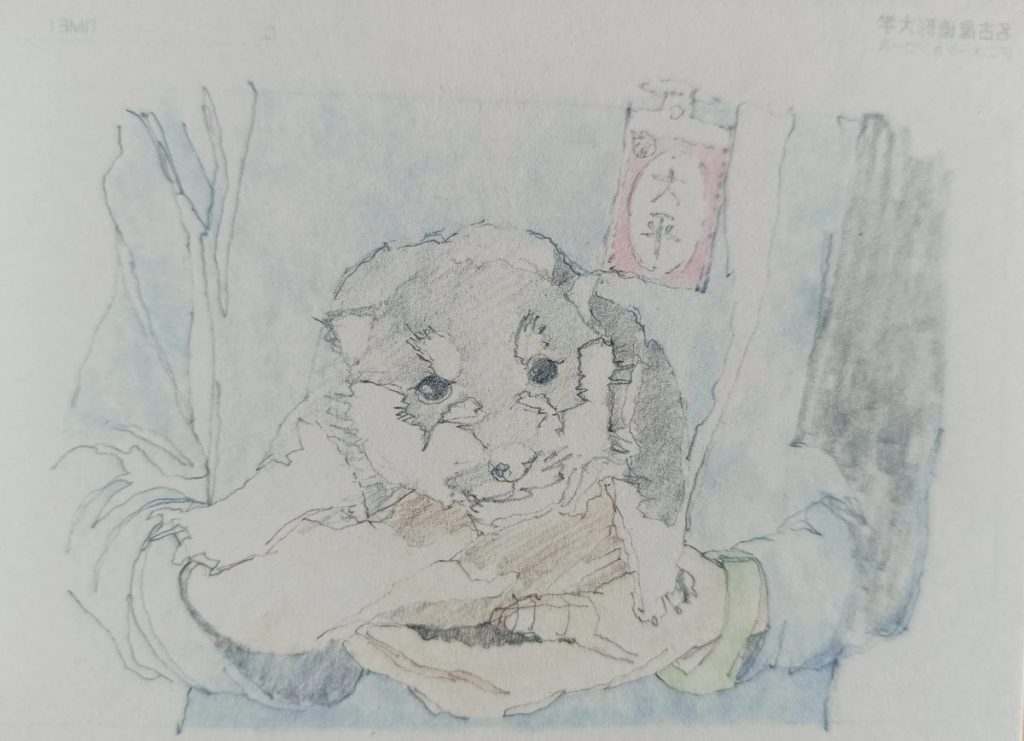
Puppy Suzuto (fullfrontal)
Ohira’s work often looks like it’s on the verge of falling apart — but that’s the point. His animation breaks the model, breaks the rules, and yet somehow lands with immense emotional power. It’s messy in the way real life feels messy when you’re overwhelmed, excited, or afraid. Where Yamashita draws breath into his characters, Ohira lets them explode.
Together, they represent two powerful ends of the animation spectrum: one of control and rhythm, the other of raw, expressive force.
Conclusion
Masahiro Yamashita has been one of the major influences on Shin’ya Ohira, leading to the development of a unique style that holds an important place in the history of Japanese animation. Yamashita’s works influenced not only Ohira but an entire generation of animators striving to integrate emotional depth and expressiveness into their own work.
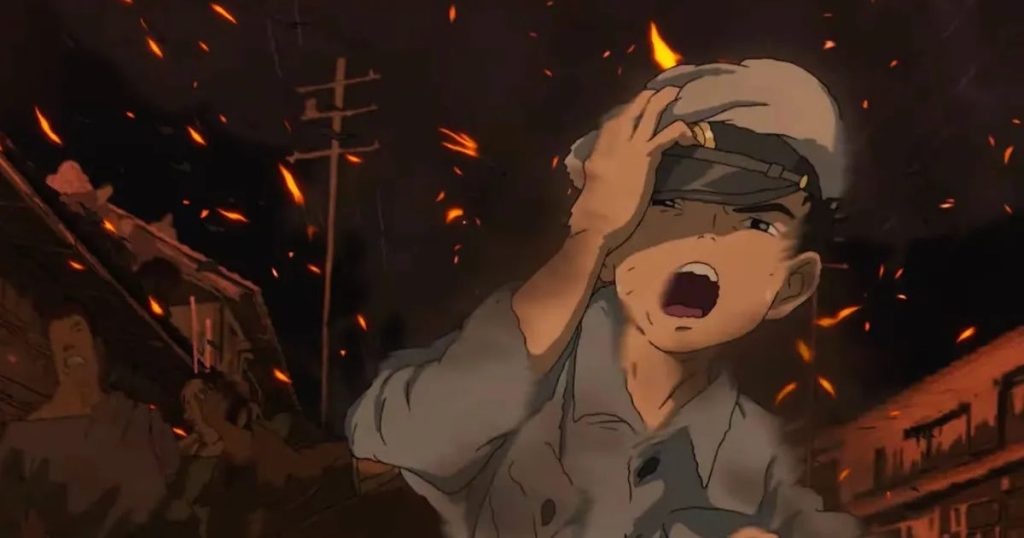
The Boy and the Heron
Ohira’s animation, in turn, opens new horizons for future animators who can draw inspiration and ideas from his techniques. These methods and ideas continue to shape the development of animation both in Japan and beyond. If you want to dive deeper into the world of Japanese animation and understand how true masterpieces are created, it’s worth exploring the works of both Ohira and his mentors, like Masahiro Yamashita.
Learn to build inspirational works with the masterclass techniques taught in the <<Acting in traditional 2d Animation >>course.
